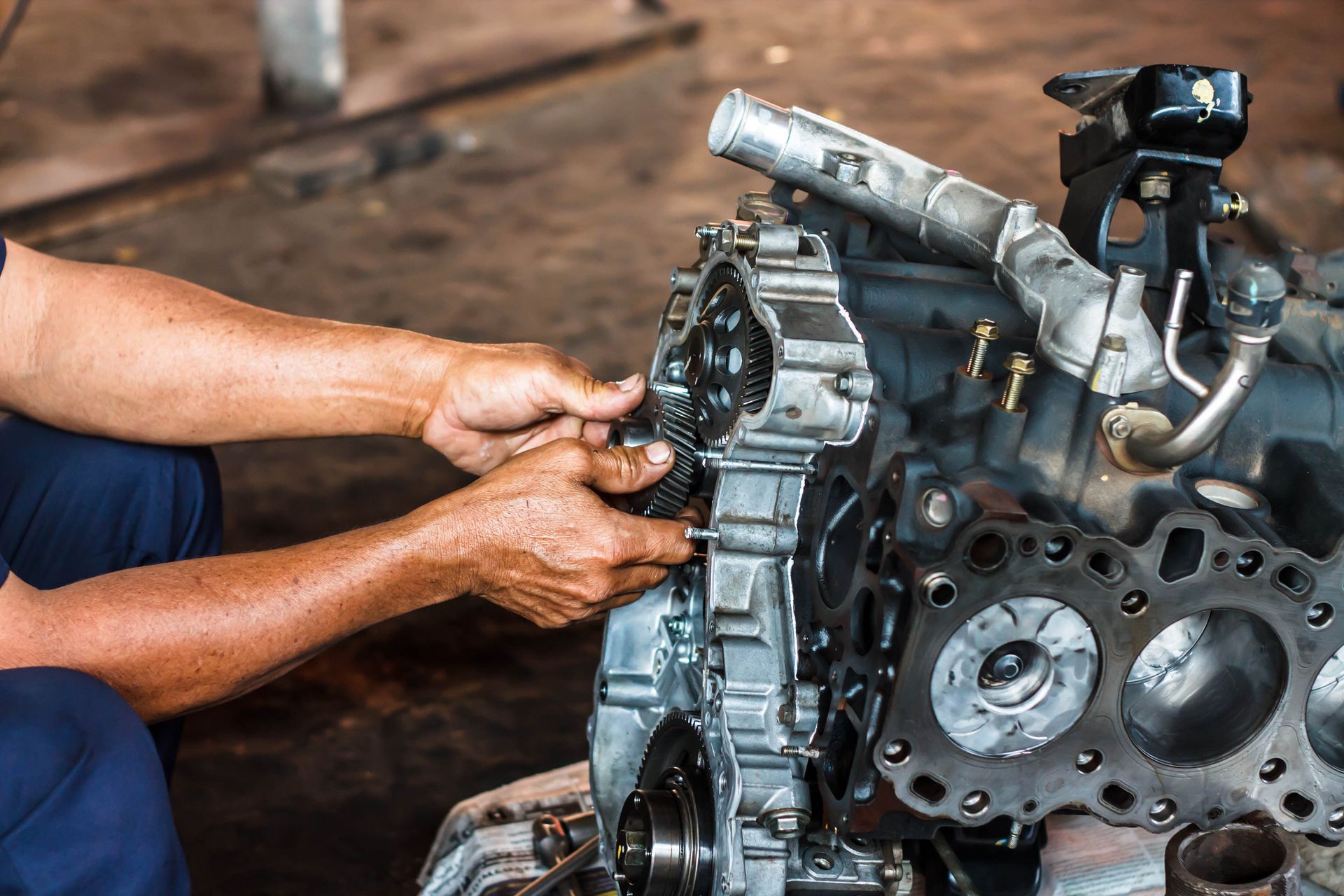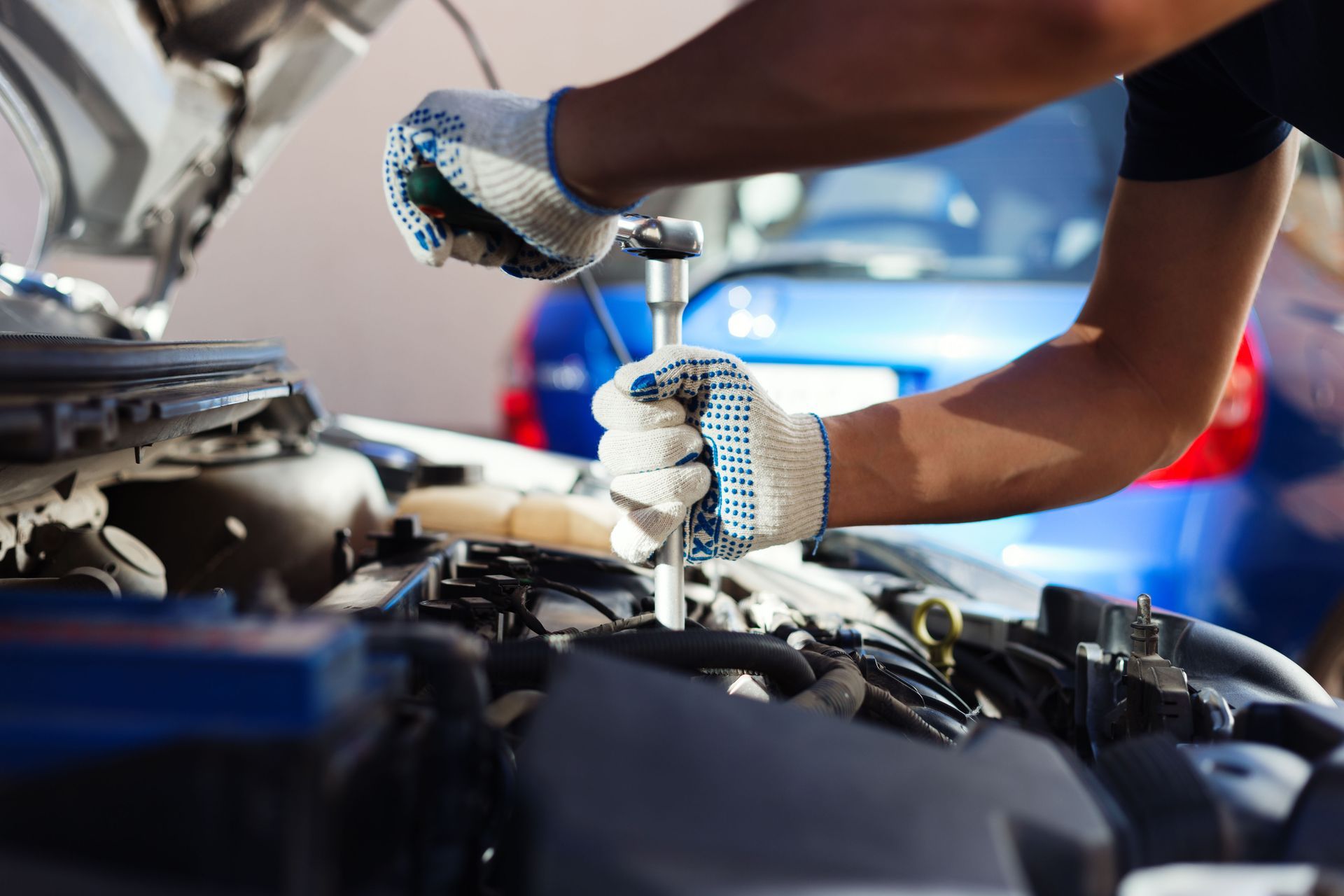Unlocking the Potential of Engine Restoration
In today's automotive landscape, engine restoration is redefining how we think about vehicle longevity and performance. Instead of relying solely on expensive engine replacements or new vehicle purchases, both enthusiasts and everyday drivers are turning to this solution to extend engine life, reduce emissions, and maintain peak performance. The benefits are far-reaching—restoration is not only a cost-effective alternative but also a smart response to rising environmental concerns and the growing need for sustainable transportation practices.
Whether you're a fleet manager, a classic car hobbyist, or someone simply looking to get more miles out of your daily driver, unlocking the potential of restoration could be the smartest decision you make for your vehicle’s future.
Discover the Benefits of Engine Restoration
Engine restoration offers a unique combination of economic, environmental, and mechanical benefits. By bringing a worn or underperforming engine back to optimal working condition, you maximize the value of your existing vehicle investment. This is particularly valuable in industries where equipment costs are high.
From an environmental standpoint, restoring an engine significantly reduces the carbon footprint associated with manufacturing and disposing of entire engines. Rather than contributing to landfill waste or using the energy and resources required to build a new motor, restoration allows key components to be reused or refurbished. According to the U.S. EPA, approximately 350,000 heavy-duty engines are rebuilt annually, representing about 5% of the estimated 7.5 million heavy-duty trucks in operation. This reflects the growing recognition of restoration as a practical solution in today’s market.
Mechanically, restoration helps retain the original character and engineering of a vehicle. For vintage models, this means preserving historical accuracy. For modern vehicles, it can mean upgrading parts to improve reliability, performance, or fuel efficiency. In both cases, restoration delivers tangible improvements in output and durability.
Examine the Restoration Process Step-by-Step
A successful restoration requires careful planning, skilled labor, and attention to detail. The process typically includes:
- Initial Inspection and Diagnosis– Technicians perform comprehensive checks to assess engine wear, identify issues, and determine restoration feasibility.
- Disassembly– The engine is completely taken apart, with each component labeled and inspected.
- Cleaning and Machining– Parts are thoroughly cleaned, and key components such as cylinder heads, pistons, and valves are machined to remove wear and restore original specifications.
- Part Replacement– Worn or damaged parts—such as gaskets, bearings, and timing components—are replaced with new or upgraded alternatives.
- Reassembly and Testing– After reassembly, the engine undergoes pressure tests, performance evaluations, and sometimes dynamometer tuning to verify it meets or exceeds original factory performance.
Throughout this process, the goal is to restore—not just repair. Restoration goes beyond patchwork fixes to rejuvenate the powertrain from the inside out. While traditional repairs often address isolated issues like a failing gasket or a worn-out valve, restoration takes a holistic approach. Every component is examined, cleaned, machined, or replaced as needed to return the engine to its original—or even improved—performance standards. This comprehensive process ensures that hidden problems aren’t overlooked and that the engine operates as a unified system, not just a collection of patched parts. The result is an engine that runs smoother, lasts longer, and performs more efficiently, much like it did when it first left the factory. Restoration breathes new life into the entire engine, delivering reliability and power that simple repairs can't achieve.
Recognize the Signs Your Engine Needs Restoration
Several signs may indicate your engine is due for a restoration rather than a simple repair:
- Decreased performance or poor fuel economy
- Visible smoke or unusual exhaust emissions
- Knocking, tapping, or rattling noises during operation
- Frequent overheating or coolant issues
- High oil consumption or frequent oil leaks
- Check engine light that persists despite multiple fixes
If you’re noticing one or more of these issues, it might be time to consider engine restoration as a long-term solution. In many cases, restoring the engine can prevent additional vehicle failures and eliminate the need for a complete engine replacement.
Compare Restoration With Engine Replacement
When an engine begins to fail, vehicle owners are often faced with two main choices: replace the engine or restore it. While replacement might seem quicker, it typically comes with a much higher cost—both financially and environmentally.
Engine Replacement:
- Expensive upfront investment
- May involve compatibility issues
- Loss of original vehicle performance characteristics
- Higher carbon footprint due to new manufacturing
Engine Restoration:
- Lower overall cost
- Maintains vehicle originality
- Opportunity to upgrade and modernize internal components
- Reduced environmental impact
By choosing restoration, owners can retain the integrity of their original engine while breathing new life into their vehicle. This makes it a compelling option for individuals and businesses alike, especially in industries where engine performance directly affects productivity and bottom-line results.
Apply Engine Restoration Across a Wide Range of Vehicles
One of the key advantages of restoration is its versatility. It’s not limited to vintage sports cars or high-end classics—restoration can be performed on:
- Passenger vehicles with aging engines
- Heavy-duty trucks and commercial fleets
- Agricultural and construction machinery
- Marine engines and power equipment
- Motorcycles and performance vehicles
Fleet managers, in particular, are turning to engine restoration to extend the service life of vehicles without cycling through costly replacements. This is especially relevant in today’s market where new vehicle lead times are extended and prices continue to climb. Instead of absorbing downtime and depreciation, businesses are investing in restoration to keep operations moving.
Preserve Long-Term Value With Preventive Engine Care
While restoration is a powerful solution, preventative care plays a critical role in delaying the need for restoration in the first place. Regular oil changes, quality fuel use, routine inspections, and proper cooling system maintenance are foundational habits that contribute to long-term engine health.
However, even the most well-maintained engines experience wear and tear over time. That’s where proactive restoration can come in—not just to fix problems after the fact, but to enhance performance before failure occurs. Some forward-thinking vehicle owners and operators choose to restore their engines before major issues arise, giving them control over scheduling, costs, and outcomes.
Restoration is not a sign of failure—it’s a strategic step toward vehicle longevity, optimized performance, and responsible ownership. Rather than viewing restoration as a last resort, forward-thinking vehicle owners recognize it as a proactive investment. It demonstrates a commitment to maintaining the value of their vehicle, improving operational reliability, and reducing the long-term costs associated with frequent repairs or premature replacements. Choosing restoration over replacement also reflects an environmentally conscious mindset, as it conserves resources and reduces waste. In both personal and commercial contexts, opting for restoration showcases a high level of care, planning, and dedication to keeping vehicles running at their best for years to come.
Unlocking the full potential of your vehicle starts with making the right decision for your engine’s future. Whether you're aiming to maximize performance, reduce environmental impact, or simply get more value out of your current vehicle, restoration offers an unbeatable combination of benefits.
Don’t wait until your engine reaches the point of no return. Take proactive steps now and experience the transformation that restoration can provide. Our team of skilled technicians is committed to revitalizing engines with precision, care, and performance in mind. Ready to give your engine a second life? Contact Advantage Engine Restoration today and restore your ride to its peak potential.






Share On: